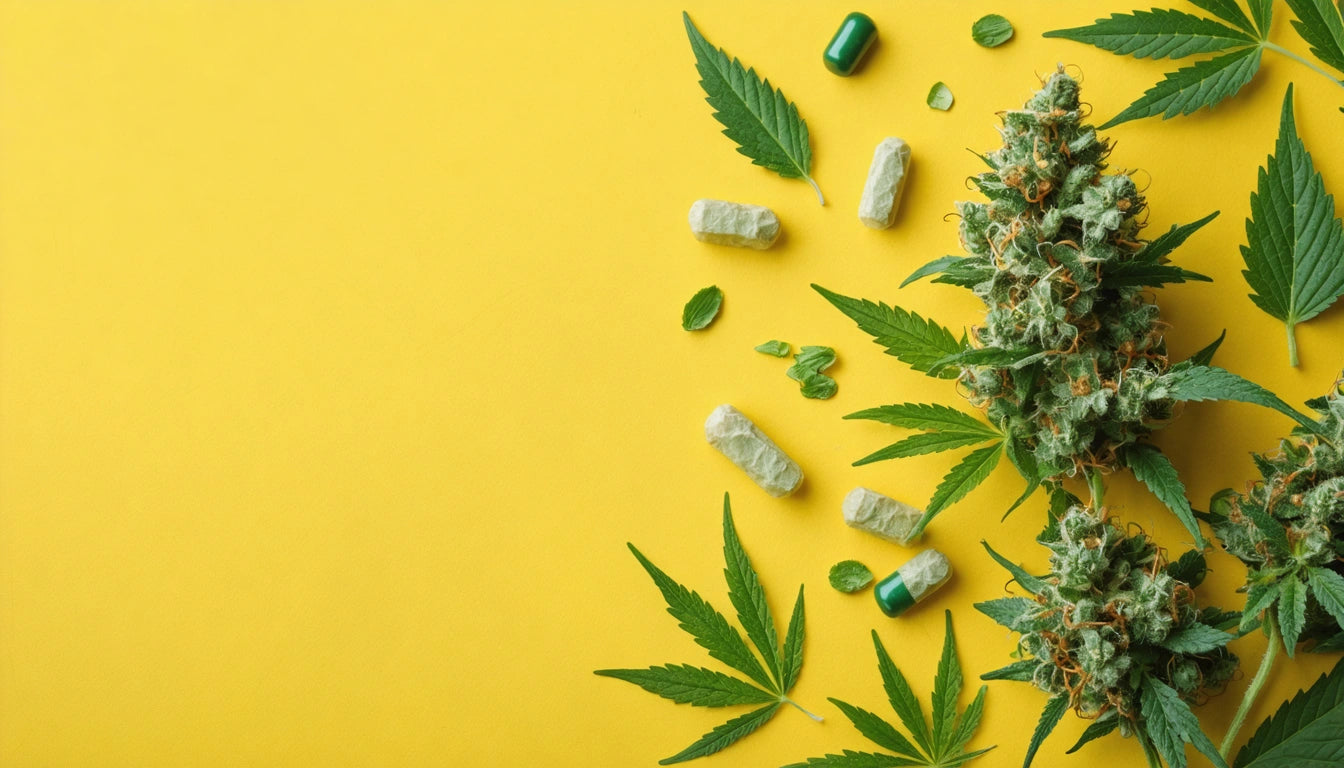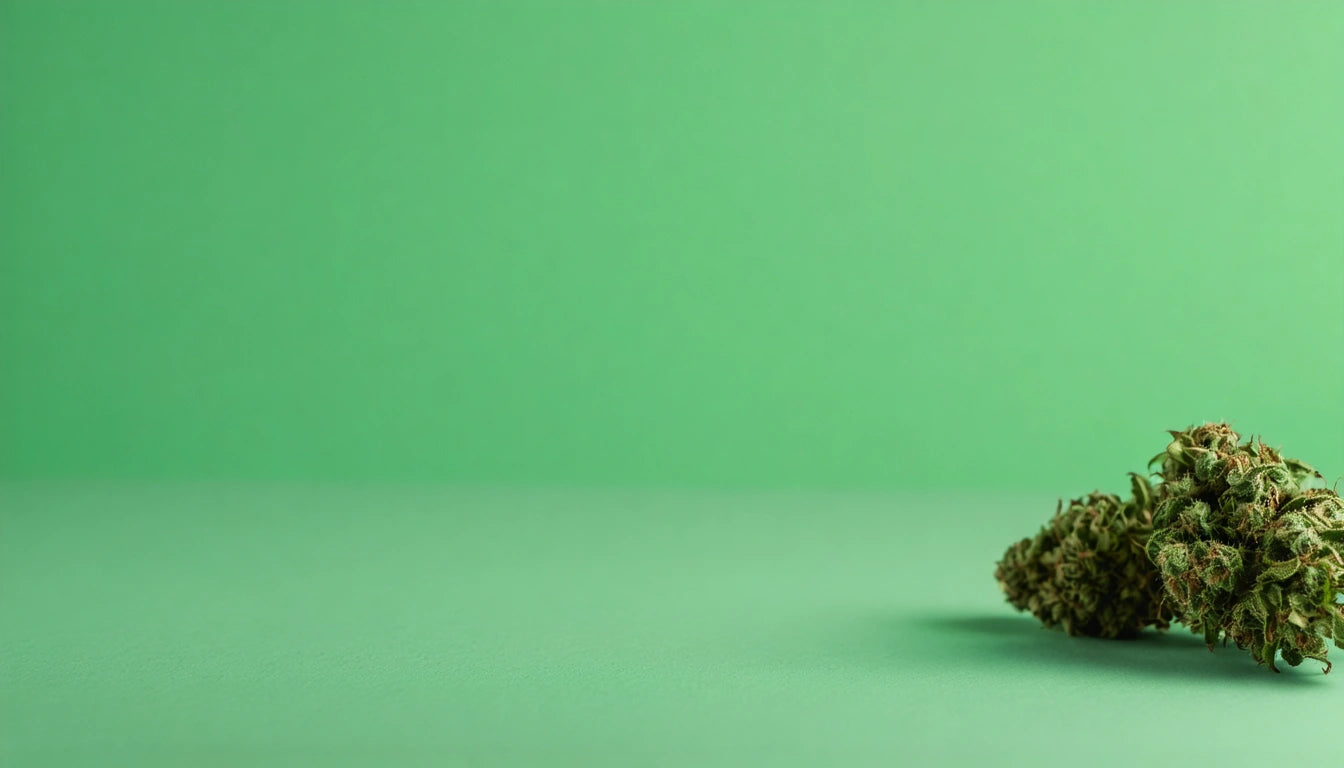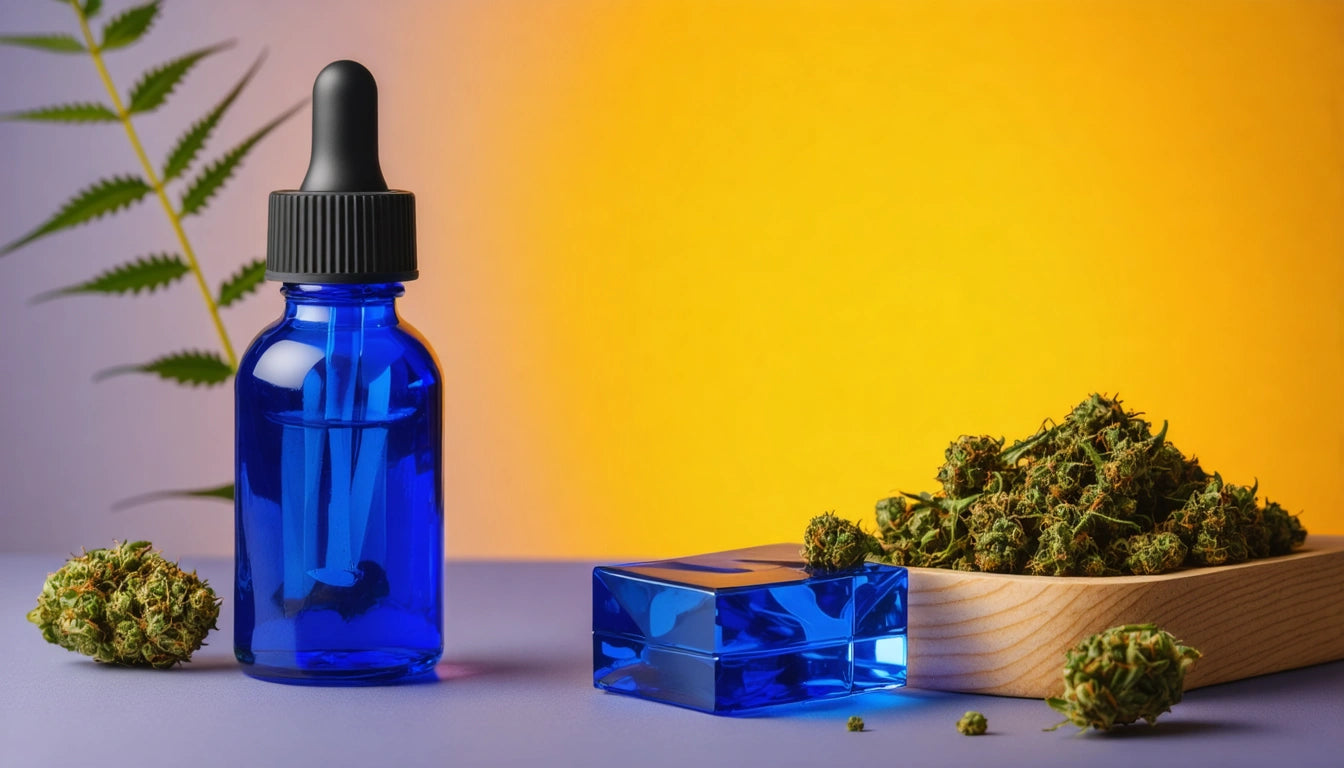Table of Contents
Cannabis flower packaging serves dual critical functions: preserving the product's quality while satisfying strict regulatory requirements. As the industry matures, packaging solutions have evolved beyond basic containment to address freshness, compliance, branding, and sustainability concerns. This comprehensive guide explores the essential considerations for cannabis businesses seeking optimal packaging solutions.
Material Considerations for Cannabis Flower Packaging
The debate between glass jars versus mylar bags represents one of the fundamental choices facing cannabis brands. Glass offers premium presentation and superior terpene preservation but adds weight and breakage risk. Mylar provides cost efficiency and excellent barrier properties against light, moisture, and oxygen.
Beyond these common options, the industry has embraced innovations including:
- UV-resistant plastic containers
- Metal tins with custom inserts
- Biodegradable plant-based materials
- Hybrid solutions combining rigid and flexible elements
When scaling operations, many producers invest in automated filling equipment to ensure consistent packaging quality while reducing labor costs and contamination risks. This efficiency becomes particularly important as operations expand beyond manual capabilities.
Compliance Requirements Across Markets
Regulatory compliance represents a non-negotiable aspect of cannabis packaging. Requirements vary significantly by jurisdiction, with state-specific mandates dictating everything from warning symbols to font sizes.
Common compliance elements include:
- Child-resistant mechanisms that meet CPSC standards
- Tamper-evident features to ensure product integrity
- Opaque or translucent materials to limit visibility
- Specific warning language and symbols
- THC content and testing information
Brands must balance these requirements with design aesthetics, creating compliant packaging that still appeals to consumers and communicates brand values.
Preserving Quality and Extending Shelf Life
Cannabis flower quality degrades through exposure to light, oxygen, moisture, and temperature fluctuations. Effective packaging mitigates these factors through thoughtful design and material selection.
Terpene preservation represents a particular challenge, as these volatile compounds contribute significantly to the product's aroma, flavor, and effects. Packaging that minimizes headspace and provides robust oxygen barriers helps maintain terpene profiles longer.
Many brands incorporate humidity control packs to maintain optimal moisture levels, typically between 58-62% relative humidity. These solutions prevent both over-drying and mold development, extending usable shelf life considerably.
Branding and Consumer Appeal
Packaging serves as a crucial brand touchpoint, often providing the first impression for potential customers. Effective branding on cannabis packaging balances regulatory compliance with visual appeal and information clarity.
Consumer research indicates several factors influence purchasing decisions:
- Perceived freshness and quality protection
- Ease of opening and reclosing
- Environmental impact of packaging materials
- Brand storytelling and authenticity cues
- Clear information about strain effects and potency
Brands increasingly differentiate through strain-specific packaging that visually communicates product attributes through color coding, iconography, and descriptive language.
Sustainability Solutions for Modern Cannabis Brands
Environmental concerns have driven significant innovation in cannabis packaging. Eco-friendly options now include:
- Post-consumer recycled plastics
- Hemp-based packaging materials
- Compostable films and pouches
- Reusable container systems
- Minimalist designs that reduce material usage
Brands must balance sustainability goals with regulatory requirements and product protection. Sustainable solutions that maintain freshness often utilize innovative barrier technologies or hybrid material approaches.
Packaging Innovations Shaping the Future of Cannabis Retail
The cannabis packaging sector continues to evolve rapidly, with several emerging trends poised to reshape industry standards. Smart packaging incorporating QR codes for batch tracking, authentication, and consumer education adds value beyond physical protection. Portion-control packaging that maintains freshness for single-use amounts addresses consumer interest in consistent dosing and experience.
Brands seeking competitive advantage should consider whether rigid or flexible packaging better serves their market position and operational needs. Premium segments typically favor rigid solutions that communicate quality through substantial feel and precise closures, while value-oriented brands may prioritize the cost efficiency of flexible options.
As cannabis markets mature, packaging will increasingly serve as a key differentiator, with successful brands balancing technical performance, regulatory compliance, and consumer appeal through thoughtful material selection and design innovation.











Leave a comment
All comments are moderated before being published.
This site is protected by hCaptcha and the hCaptcha Privacy Policy and Terms of Service apply.